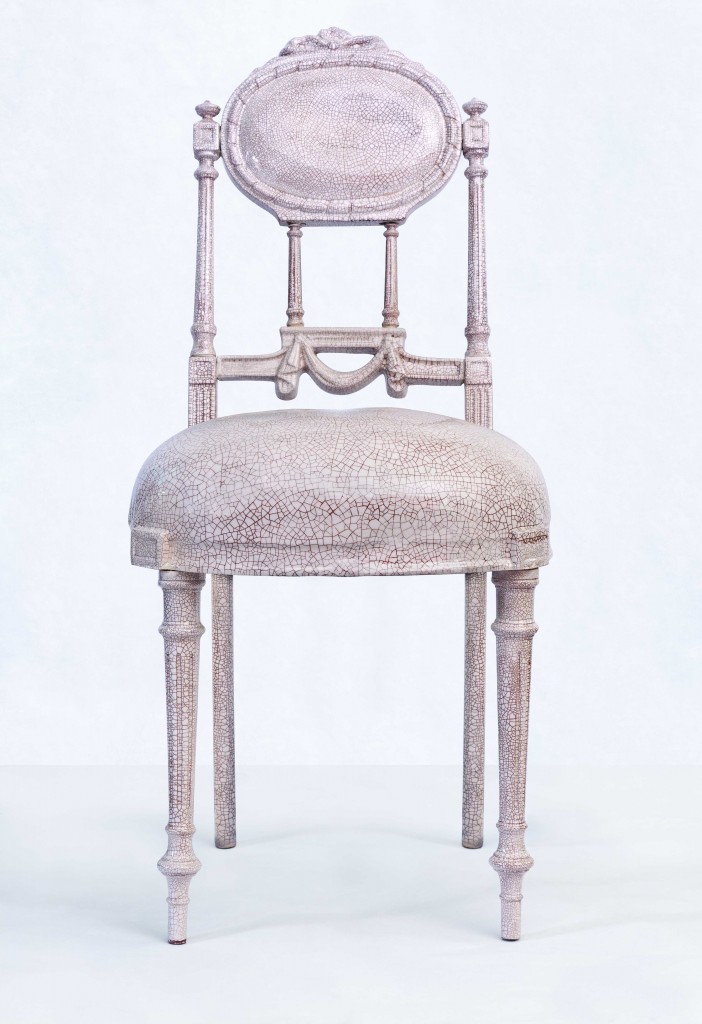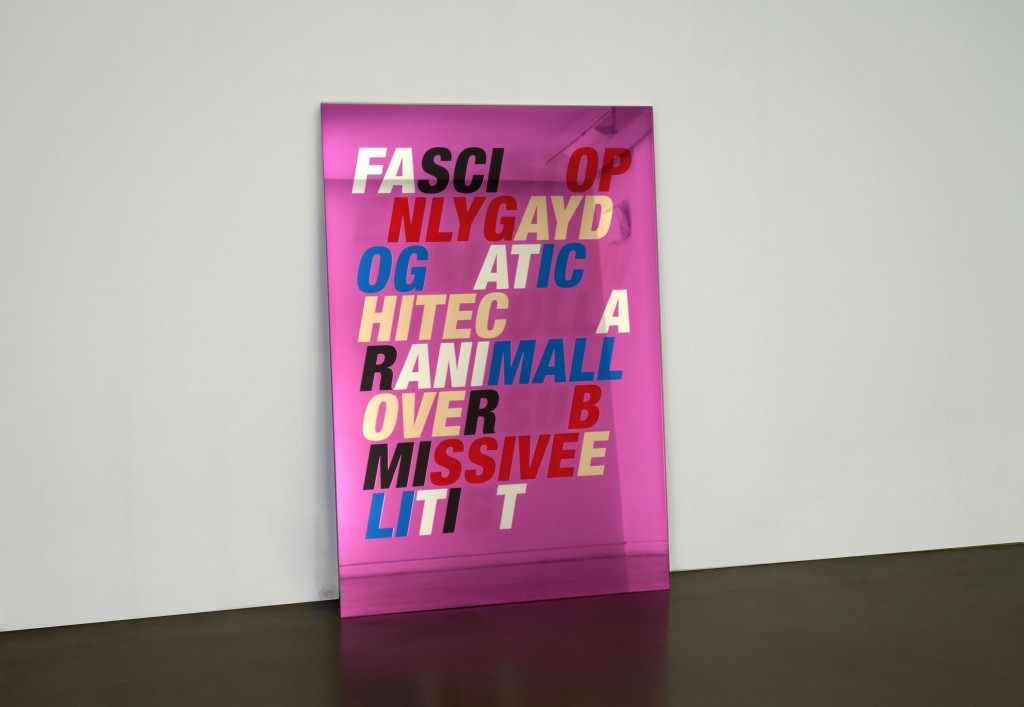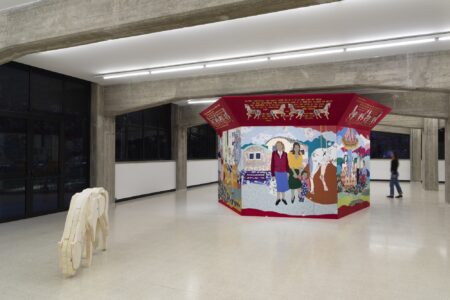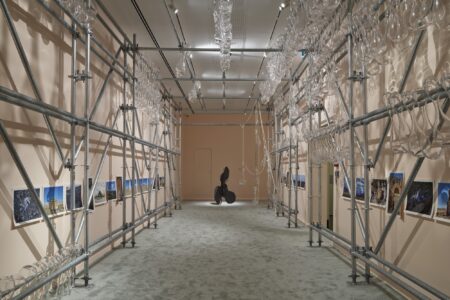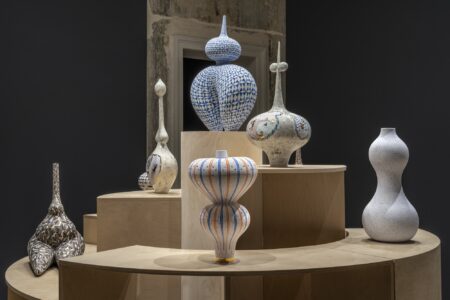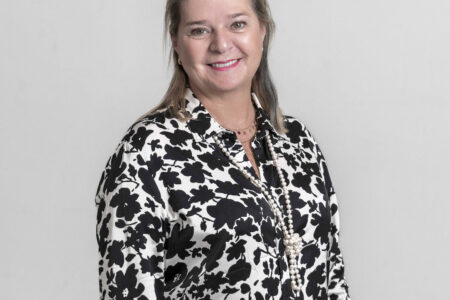
Istanbul Under the Radar
A list of who you must know and what you must see when you visit Istanbul this fall.
Hande Oynar, Editor-in-Chief, Art Unlimited Istanbul has a way of entrancing its visitors with the myriad possibilities it offers in every aspect of urban culture, from mundane to extraordinary, kitsch to classy, ancient to contemporary. Here are some essential pointers if you are curious about the Turkish contemporary art scene.
From traditional to contemporary art
In the last decade, Turkish art has made itself a substantial following in Europe and the rest of the world thanks to the country’s prolific artists who challenge the pre-constructed narratives regarding this ‘melting pot’ of cultures. More collectors are arriving in Istanbul both to enjoy the city of seven hills and to find, in this cultural hub, interesting artworks produced in all kinds of media. However, as any researcher on the subject will realize, the history of art in the Western sense is relatively shorter in Turkey.
Islamic tradition banned any form of figurative art by labeling it as idolatry, and therefore Islamic arts such as calligraphy and miniature served as the norm in the Ottoman cultural life until the 19th century. Painting made an appearance as a result of the large-scale modernization efforts that initially transformed the military and eventually the society at large.
Since the foundation of the Turkish Republic meant abandoning the old ways of living, many artists chose to follow the painting styles of European masters without sticking to their roots. Today as Turkey faces its own challenges with identity and modernity, some contemporary artists have gone back to borrow from traditional arts.
Burhan Dogancay, whose 1987 ‘Blue Symphony’ went for a record $1.7 million at an auction in 2009 making the painting the most expensive one in Turkish art history, started out by photographing urban walls mainly in New York and other world cities, and turning his photos with found materials into collages. The torn posters he used to see on the walls inspired him to make his signature Ribbons series of paintings, which predominantly feature calligraphically shaped shadows.
Traces of this traditional art form can also be observed in the works of Erol Akyavas, whose retrospective was held at Istanbul Modern last summer, and Murat Morova, whose ‘The Saint Eyüp from Kisas-i Enbiya’ was acquired by the British Museum in 2011. To get a perspective of the transformation of calligraphy in today’s artistic milieu, it’s best to also see the original works by Ottoman calligraphers in the Sakip Sabanci Museum’s permanent collection. While you’re there, don’t miss out on contemporary artist Kutlug Ataman’s calligraphy-inspired video installation, ‘Mesopotamian Dramaturgies / Su’ (2009).
Collecting contemporary art in Turkey
A textile producer by profession, Oner Kocabeyoglu has a distinctively special eye for detail and loves huge, abstract canvasses. His collection includes works by mostly established Turkish and international artists such as Julian Schnabel, Andreas Gursky, Tony Cragg, Jannis Kounellis, Haluk Akakce, Fahrelnissa Zeid and Burhan Dogancay. Lately he’s been enamored by the works of younger local artists.
He loves to visit their studios to get into their worlds and trusts his gut feeling when it comes to buying their work. Kocabeyoglu emerged as a major art collector in 2011, when he decided to show 433 pieces from his Turkish modern masters collection in the now-defunct art space santralistanbul alongside the Golden Horn.
He started his journey as a collector with a small red abstract painting by Selim Turan, and went on to pursue works from the Paris school – waves of Turkish artists that lived in Paris between and after the world wars. His all-time favorite is the renowned lyrical abstract expressionist Mubin Orhon, whose gouache paintings he collects fervently and keeps on the wall right behind his desk at the Papko Art Collection’s slick space in Nisantasi.
“This is where I invite my friends to talk about art, to think and to work,” Kocabeyoglu says of his private gallery.
Located on the fourth floor of the historical Ralli building, Papko Art Collection has been hosting private viewings for VIP guests of Istanbul’s two international art fairs, ArtInternational in September and Contemporary Istanbul in November. This year a selection of 50 works from the Papko Collection curated by Marcus Graf can be visited by appointment.
:mentalKLINIK: enter at your own risk
Curator Jerome Sans compares them to a disco ball. :mentalKLINIK is the brainchild of artistic duo Yasemin Baydar and Birol Demir, whose practice has “different facets that all go together” in a brilliant world of their own. That world entails considerable risks: a drive for perfection in production, an oeuvre that defies categorization, and a self-induced cooperation with these unpredictable players, as the name of their latest show suggests.
“Thank You for Your Cooperation” took place this past summer at Isabel Van Den Eynde Gallery in Dubai featuring brand new works that were exhibited for the first time. :mentalKLINIK delves into the contemporary individual’s psyche, blurs the lines between what is instinctive and what is learned, and makes them face their own reality through the literal and figurative mirrors they produce. Their painstakingly perfect objects of desire are examples of what they do best: the shiny ‘Double Cherry’ you can see when you enter Istanbul Modern’s lobby and the huge champagne lids of ‘Moet’ from their ‘That’s Fucking Awesome’ retrospective at Galerist’s raw Hasköy location in 2010 might confuse you as worship to capitalism, but they are in fact counting on you to make that judgment.
The feminist ceramicist
Elif Uras is a Istanbul-born, New York-based painter whose works focus on gender and class issues in contemporary Turkish society. In her relatively large-format works, Uras incorporates the characteristics of classical miniature painting, with bright colours, bold lines, illumination and a conscious disregard for perspective. She also makes lavish sculptures using the methods with which traditional Iznik tiles have been made for centuries, and adorns them with imagery associated with the female body.
One of her seminal works is the glamorous ceramic chair modeled after one of the first French style chairs to arrive in Istanbul in the 18th century. Named after the French-born Mihrishah Sultan, mother of Sultan Selim III, ‘Janet (Mihrishat Sultan)’ represents the shift in the Ottoman court culture from centuries long traditions towards new Western inventions and values, which eventually led to the modernization of the Turkish society. The delicate sculpture was featured in the Istanbul Pavillion of the ninth edition of Shanghai Biennial in 2012. Lately, she’s been working at the Iznik Tile Foundation.
